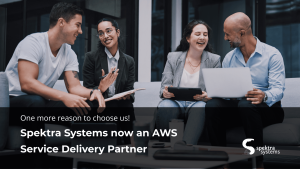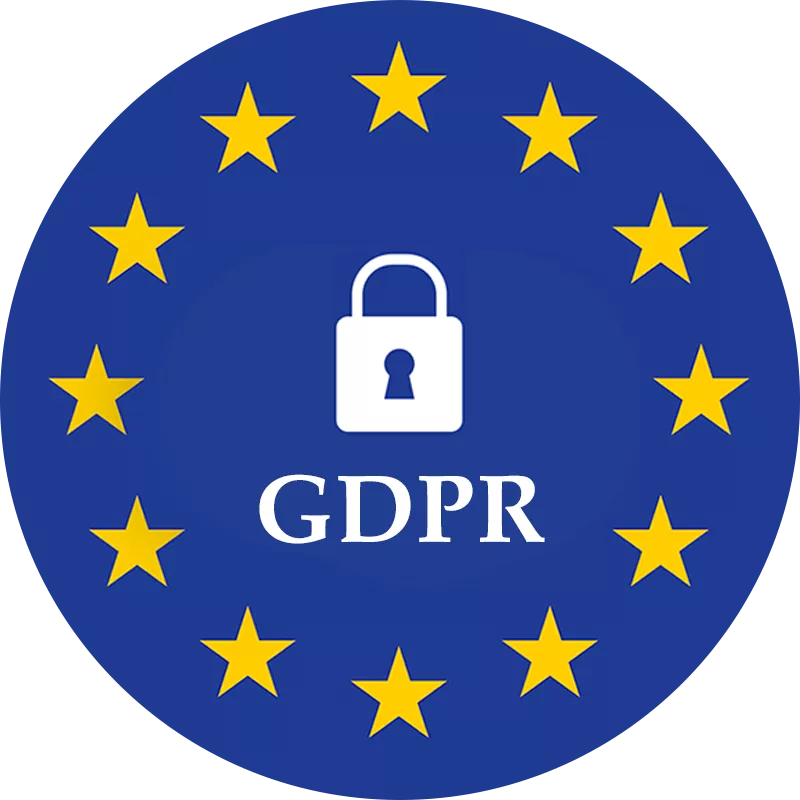Operating at scale and ensuring seamless customer experience are the twin goals for most businesses today. Interestingly, many businesses are bringing these two goals together in an attempt to create scalable customer experiences. The objective is simple, to create an empowering and enriching experience for the customers, which can be scaled seamless, effectively, and efficiently. CSPs, like most businesses, seek to address all expectations of their existing customers as well as onboard new customers, without scaling their resources. That’s where process automation comes in.
On a macro level, in any business, there are several components, which while integral to success, can be automated and do not require 100% human intervention. From a Cloud Solution Provider lens, these include processes like billing, usage reconciliation, etc. These processes can be easily automated by leveraging strategic partnerships with the right platforms. Thus, with process automation, CSPs can easily create scalable customer experiences which will not only facilitate the loyalty of existing customers, but also attract new ones with an exceptional technology ecosystem and modern capabilities.
However, as a CSP, you must adopt a strategic approach to process automation to ensure judicious investments leading to maximum impact. Here are top seven steps and indicators for CSPs to embark on their process automation journey:
Manual processes are success inhibitors
It is important to start with acknowledging that certain manual processes actually inhibit success and retard your CSP business growth. For instance, manual billing is vulnerable to human errors and your customers might be underbilled or overbilled. Neither is an ideal situation to be in. If you underbill your customer, you end up losing revenue, impacting the bottom line. If you overbill them, you pave the way for a frustrating and disappointing customer experience. Thus, it is important to identify the manual processes which are liabilities and responsible for success retardation.
Process automation can help Cloud Solution Providers eliminate the revenue leakages and poor experiences coming from manual processes. For instance, C3’s automation capabilities ensure that all billing and invoicing is error-free, accurate and reliable and shared with customers based on their preferred billing date. Invariably, C3 seeks to turn the success inhibitors to success facilitators by automating manual processes. This can result in a seamless customer experience, which can be scaled anytime, without any additional resources.
Recognizing the real challenges that hurt your team performance
Next, CSPs need to understand that manual processes not only contribute to revenue leakages and customer dissatisfaction, but also create real challenges for the team. Managing multiple customer accounts on large spreadsheets can often be frustrating for your team members. They see themselves performing repetitive tasks, with no real contribution. This also prevents your team from serving your customers in a way that adds value to their entire experience. Therefore, it is very important for CSPs to create a business case for automation that goes beyond the bottom line and customer experience to focus on the people who run the business.
The idea is to understand the real challenges that the teams on-ground face and identify automation of which processes can help overcome these challenges. C3 seeks to help team members break free from the shackles of manual usage reconciliation, creating multiple invoices for multiple subscriptions and manually applying the changes in Microsoft’s cloud services. This leads to a positive employee experience which is reflected in the way customers are served, contributing to a positive customer experience.
Preparing the systems for automation overhaul
As a CSP, undergoing automation requires preparing all the systems for the upcoming changes. Make a list of all the systems and processes that will undergo the automation overhaul and apprise the relevant stakeholders about the same. Check with your automation provider about any potential data loss or migration and prepare your systems accordingly.
Understanding the nature and impact of automation
While there are certain processes and systems that will undergo automation, CSPs need to understand and gauge the potential nature and impact of automation across the business lifecycle. The idea is to comprehend that even areas which don’t undergo automation will be impacted in some way or the other. This impact needs to be anticipated in advance to ensure there are no surprises midway.
Here, a comprehensive understanding from your automation provider is a must. Take time to understand what the impact will be, how to navigate through each change and the level of support your automation provider is willing to offer. Explore the time it will take for the automation to be complete. For instance, at C3, we ensure that our CSP customers have their automated business up and running in just seven days. The idea is to communicate the intended impact to your team members and customers for the right expectation setting and experience.
Educate, update, and evaluate
Process automation for CSP business is as much about bringing in technology changes as it is about mindset changes and knowledge sharing. Take time to educate your team members and update them about the incoming change. Give them enough resources and training to be able to seamlessly operate the new systems without any friction. Constantly evaluate how automation is being accepted by your team members as well as your customers and the perspectives it is able to generate.
Unless your team members and customers really understand how process automation works and how it seeks to make their lives easier, it is unlikely that it will augment their overall experience.
Review the changes automation brings
After some time of automation, it is important to gauge whether or not automation has been able to deliver on the value it sought to create. Review the changes that have accompanied automation and measure the return on investment. There are several parameters on which you can review the changes and their value.
For instance, gauge whether or not automation has been able to reduce the percentage of errors in invoicing and prevent revenue leakages. At the same time, check if a feature like self-service that came along with process automation has been able to create an empowering customer experience. Such reviews will help calculate the impact process automation has been able to bring for your business.
Plan the course further
Many organizations are apprehensive when they first embark on automation and decide to dip only their toe into the water. Based on your review of the changes that automation brings, decide on the next course of action. You may want to automate other parts of your business, or you may want to expand your services, or you may want to explore the diverse capabilities offered by your automation partner.
As a CSP, you can start initially by automating the selling of your Microsoft products and services and then couple it up with your own value add services, once you see the results. At C3, we offer different features for different types of cloud providers, based on their needs. Once your basic billing automation needs are fulfilled, you may want to explore different ways in which you can improve the experience for your end customers.
Process automation with C3
CSPs across the globe have placed their faith and confidence on C3 when it comes to process automation to create a scalable customer experience. Our solutions of billing and invoicing automation, marketplace for customer self-service, automated usage reconciliation, creation of single invoices, usage-based vs license-based purchases, creation of bundles and plans, etc. have all enabled CSPs to:
- Incrementally increase revenue and prevent leakages
- Serve customers in a better, error free and reliable manner
- Enable team members to create value by gauging and acting on customer insights
- Empower customers to manage their subscriptions
Invariably, with C3, CSPs are successfully reinventing their operational cycle and moving towards value driven process automation that not only impacts the bottom line positively, but also facilitates enriching customer experiences, resulting in exponential growth in customer retention and acquisition. Book a demo today to learn how process automation with C3 can transform your CSP business.
This blog was originally Published on CSP Control Centre.




















